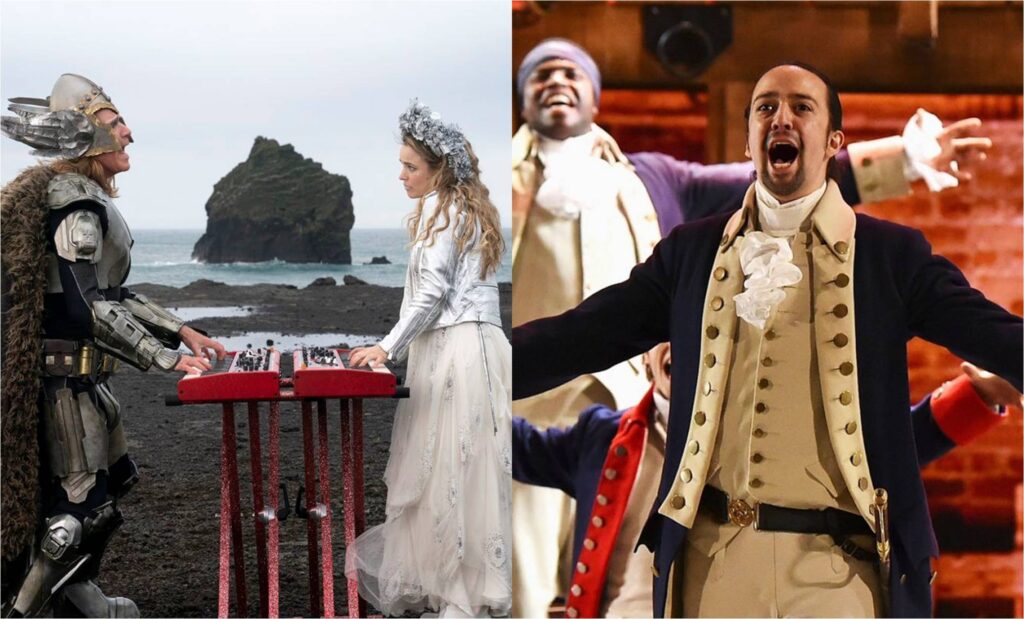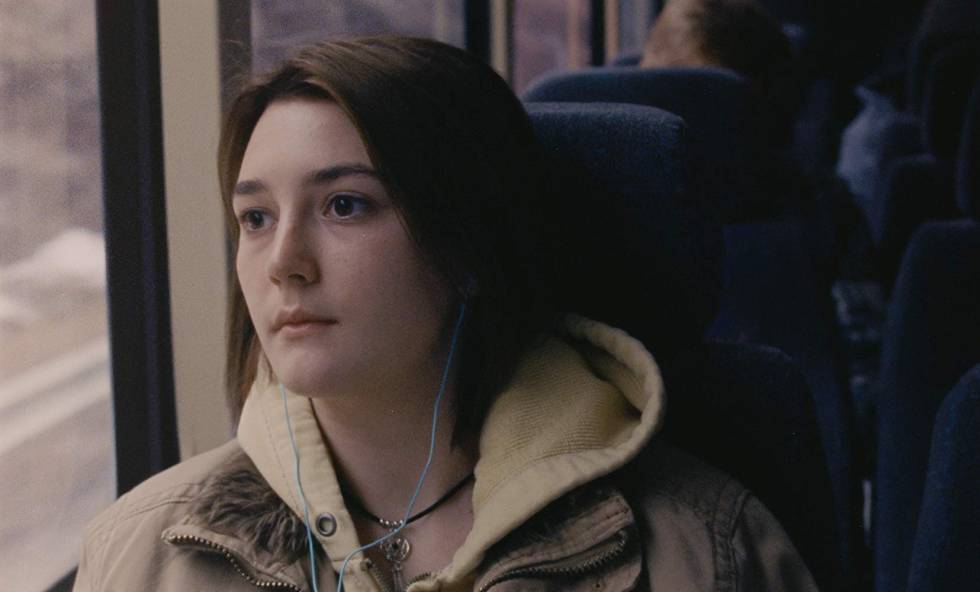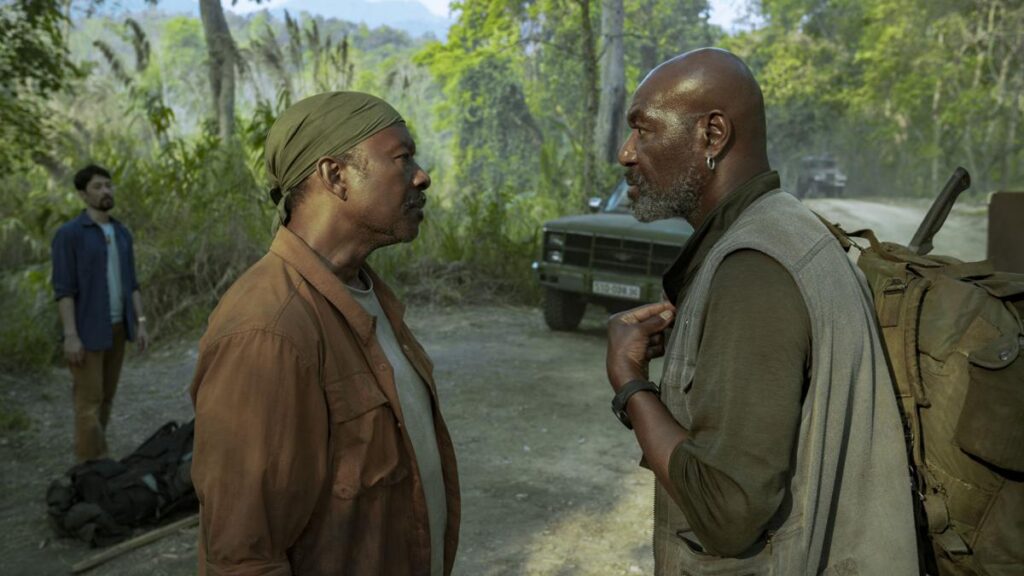The Old Guard, Palm Springs, and Immortality on Screen

Who wants movie characters to live forever? Plenty of people, apparently, given how many films are made about the undead or the undying. This makes some sense: Reality has yet to discover the fountain of youth, so art has stepped in to fill the gap, allowing us to grapple with the dream (or the nightmare) of life everlasting. But it also presents a unique challenge for storytellers. No picture can fully encapsulate a person’s entire life (not even Boyhood), yet we still expect a certain degree of finality when the credits start to roll. How can movies deliver that necessary closure when their characters’ lives are open-ended?
Last month, two very different films wrestled with this quandary, in decidedly different ways. In The Old Guard, Charlize Theron plays the leader of a band of immortal mercenaries struggling to find meaning in a life of perpetual assassination. And in Palm Springs, Andy Samberg and Cristin Milioti star as wedding guests locked in an infinite time loop, doomed to relive the same sunny Southern California day over and over. Both movies attempt to interrogate their characters’ predicaments, but only one does so with any real freshness. The Old Guard may be a sturdy and accomplished piece of action filmmaking, but it never truly distinguishes itself from the pictures it’s imitating. Palm Springs, on the other hand, improbably manages to evade the giant shadow cast by Groundhog Day, transforming into a romantic comedy that tickles your brain as well as your funny bone. Read More




